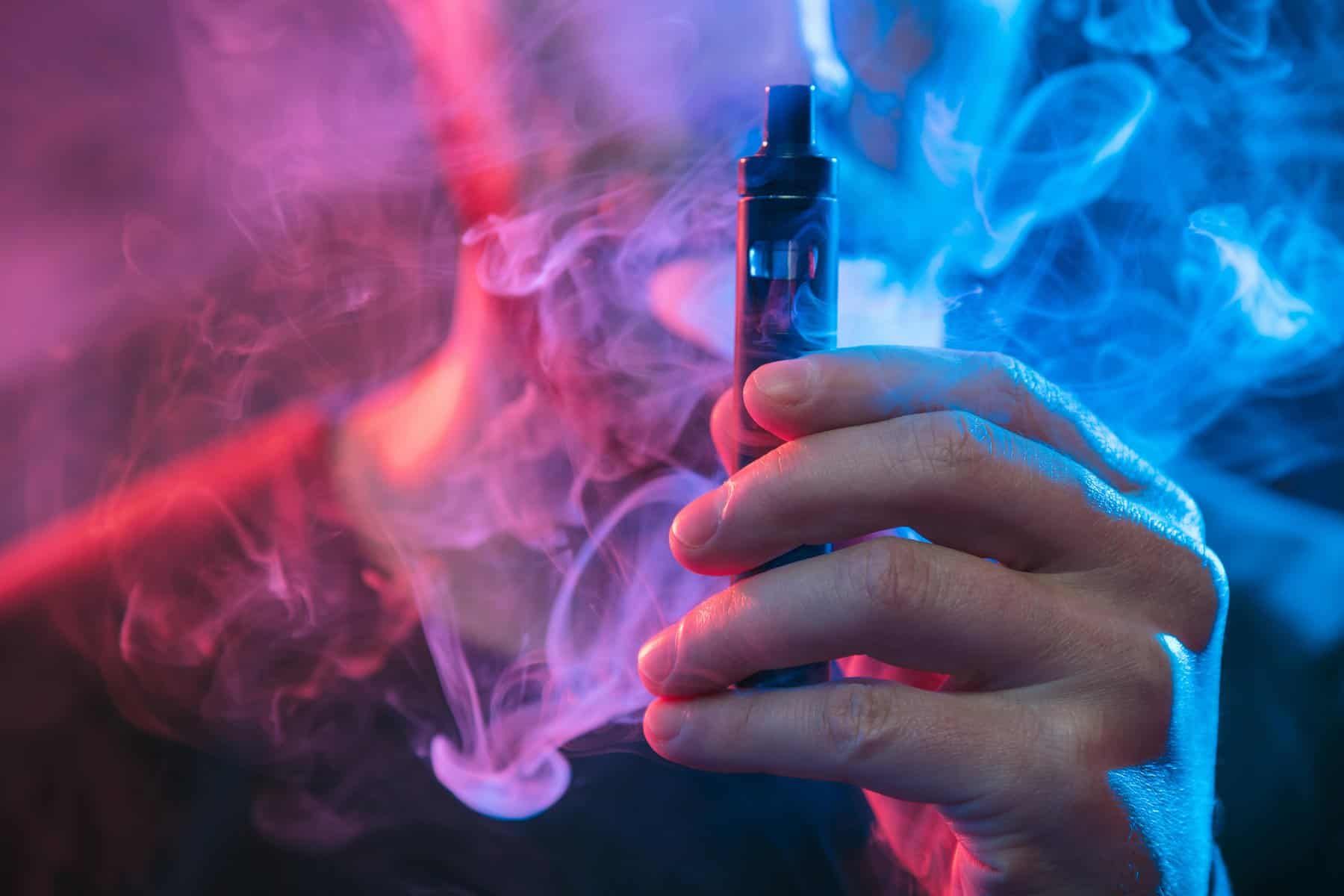What Makes Fentanyl So Dangerous?
Fentanyl, a synthetic opioid up to 100 times more potent than morphine, has become a significant contributor to the opioid crisis in the United States. Understanding what makes fentanyl so dangerous is critical in addressing this growing public health concern.
At Enlightened Solutions, we believe that even the most severe cases of fentanyl addiction can be overcome with the right treatment plan in place. We offer effective, compassionate addiction treatment options to those in need.
Contact us today to learn more about our fentanyl addiction treatment program in New Jersey.
What is Fentanyl?
The primary use of fentanyl is to treat patients with severe pain, especially after surgery or those suffering from advanced-stage cancer. Fentanyl is administered in various forms, such as patches, lozenges, and injections.
It is essential to note the stark contrast between pharmaceutical fentanyl used under medical supervision and illicitly manufactured fentanyl (IMF), which is responsible for the surge in overdose cases. Illegal fentanyl often finds its way into the drug market, disguised in other substances, exponentially magnifying their effects and risks.
How Does Fentanyl Work?
As a synthetic opioid, fentanyl interacts with the brain’s opioid receptors at an accelerated pace. This rapid interaction can overwhelm the body’s systems, leading to sedation, unconsciousness, and, in the worst-case scenario, cessation of breathing. The crux of what makes fentanyl so dangerous is its ability to induce overwhelming pleasure circuits alongside critical life-support functions in the brain, increasing the risk of a fatal overdose with even minuscule amounts.
Fentanyl Use in the U.S.
The National Institute on Drug Abuse (NIDA) reports that in 2020, over 56,000 deaths in the United States were linked to synthetic opioids like fentanyl. The American Medical Association (AMA) highlights that the presence of fentanyl in counterfeit pills is a growing concern, as many users are unaware of its inclusion. A decrease in painkiller prescriptions has not led to a reduction in opioid-related overdose deaths. Lastly, the World Health Organization (WHO) has identified fentanyl as a significant contributor to the global opioid crisis, underscoring its danger and widespread impact. These statistics paint a grim picture of fentanyl’s role in the ongoing opioid epidemic, emphasizing the need for increased awareness and preventive measures.
The Dangers of Fentanyl
The primary reason fentanyl is so dangerous lies in its extreme potency. Just a tiny dose, equivalent to a few grains of salt, can be lethal. Its high potency increases the risk of overdose, especially when individuals unknowingly consume fentanyl that has been mixed with other drugs.
Potency of Fentanyl
Fentanyl’s potency is unmatched when compared to traditional opioids. Up to 100 times more potent than morphine, this synthetic opioid was initially developed as a pain reliever for medical purposes. It’s now clear that fentanyl’s potency plays a significant role in its danger:
- Smaller than a grain of sand, a minute amount can be lethal.
- It’s often used to “cut” other drugs, which amplifies their effects unpredictably, causing many users to overdose unintentionally.
- Higher potency means that individuals can quickly develop a tolerance, necessitating higher quantities to achieve the same effect, boosting the likelihood of overdose and death.
Overdose Risks
Overdose risks associated with fentanyl are exponentially higher than most other opioids. Given its high potency and the fact users are often unaware of their exposure, overdose can occur rapidly and with little warning.
- Fentanyl works by binding to opioid receptors, which are present in areas of the brain that control pain and emotions. Due to its strength, fentanyl’s effects occur swiftly and can suppress breathing, leading to potential hypoxia—a condition that arises when too little oxygen reaches the brain.
- The risk of overdose is compounded when fentanyl is mixed with other substances like heroin, cocaine, or prescription painkillers. Since these combinations can alter the effects unpredictably, they pose an even more significant threat.
- Individuals with a substance use disorder may seek out fentanyl-laced products for a more intense high, often without fully understanding the likelihood of an overdose.
Role in Opioid Crisis
The accessibility and increased illicit manufacture of fentanyl have exacerbated the crisis:
- Overseas production of fentanyl has led to an influx of the drug onto the streets, often disguised as other less potent opioids, which has taken many users by surprise.
- Drug dealers use fentanyl to increase the potency of other drugs, unbeknownst to consumers, intensifying the potential for widespread harm.
- The federal government’s warning to police about the handling of fentanyl signifies the level of threat this substance poses to both users and public servants.
Addressing the Fentanyl Crisis
Combating the fentanyl problem requires a multi-faceted approach. Public education about the dangers of fentanyl, increased access to treatment for substance use disorders, and the distribution of naloxone, an opioid overdose reversal drug, are all critical. Law enforcement also plays a role in curbing the supply of illicit fentanyl. In order for existing cases of fentanyl addiction to be treated, accessible treatment options like those provided at Enlightened Solutions must be made available.
Fentanyl Abuse Treatment Options
There are multiple treatment options that have proven effective for those grappling with fentanyl abuse. Because no two experiences with active addiction are the same, treatment should always be individualized.
Medication-Assisted Treatment (MAT)
MAT combines medications with counseling and behavioral therapies to treat substance use disorders. For fentanyl addiction, this includes medications like methadone, buprenorphine, or naltrexone, which help mitigate withdrawal symptoms and block the euphoric effects of opioids.
- Methadone reduces cravings and withdrawal by acting on the same opioid receptors as fentanyl but without the high.
- Buprenorphine also binds to opioid receptors with less risk of dependence.
- Naltrexone blocks opioid receptors and is used after detox to prevent relapse.
Behavioral Therapies
At Enlightened Solutions, we offer a range of behavioral therapies. These therapies address the psychological component of addiction. Cognitive-behavioral therapy (CBT) helps modify a patient’s drug-use expectations and behaviors and effectively manage triggers and stress.
Contingency Management
Another approach is contingency management, which provides incentives for staying drug-free. This motivational strategy has shown promising results in maintaining sobriety.
Support Groups
Joining support groups like Narcotics Anonymous (NA) provides a community of individuals who understand the journey to recovery. Peer support is an invaluable resource during treatment.
Inpatient and Outpatient Programs
Depending on the severity of the addiction, inpatient (residential) treatment or outpatient programs can be tailored to individual needs. Inpatient programs offer a structured environment, whereas outpatient programs allow individuals to maintain specific responsibilities while receiving treatment.
Finding the best treatment option is a significant step toward recovery. While no single treatment is a fit for everyone, a combination of therapy, medication, and community support can pave the road to overcoming fentanyl addiction.
Learn More About Fentanyl Addiction Treatment Near You
Fentanyl’s extreme potency and its widespread illicit production and distribution are central to why it is so dangerous. The opioid crisis, exacerbated by fentanyl, remains a significant public health challenge in the United States. Addressing it requires awareness, education, and accessible treatment options.
At Enlightened Solutions, we have developed an effective and affordable fentanyl addiction treatment program in New Jersey. Contact us today, and one of our experienced staff members will walk you through our simple admissions process. We look forward to speaking with you and helping you begin your personal recovery journey as soon as possible.








